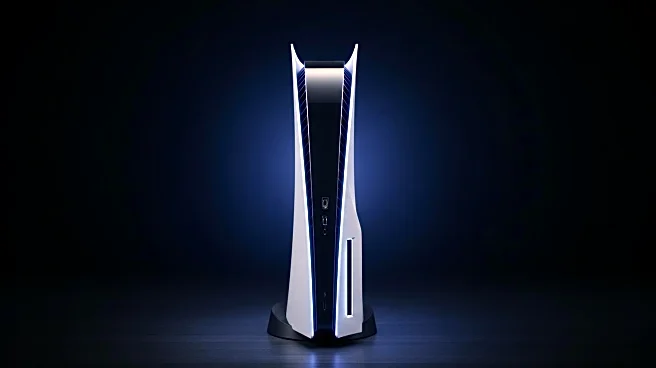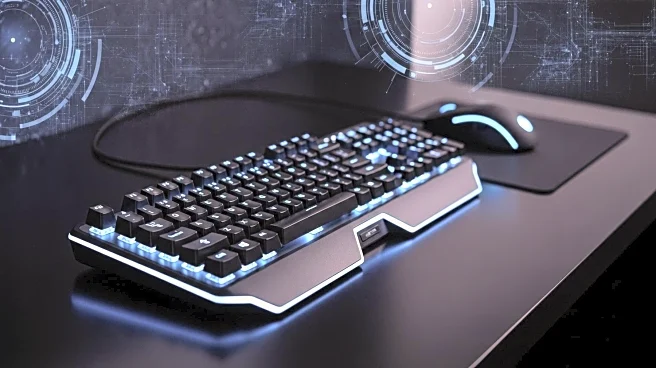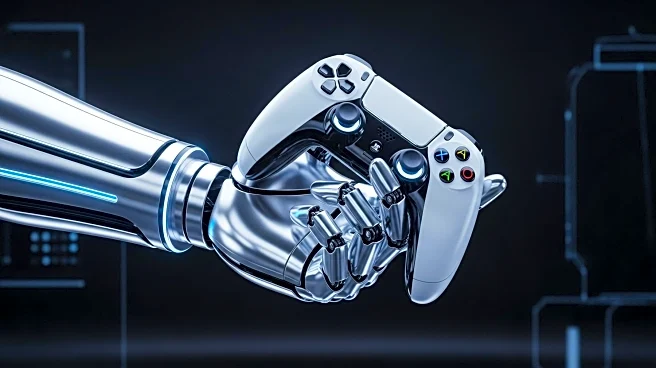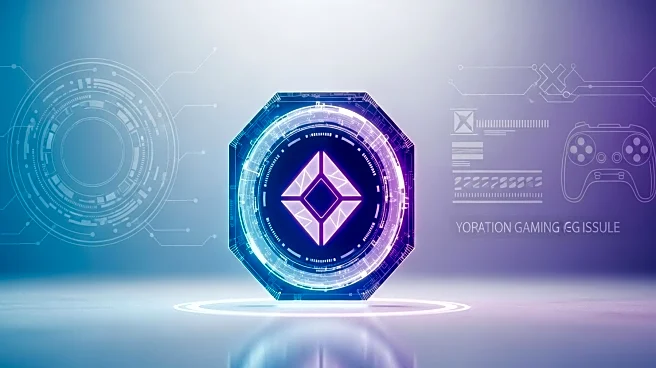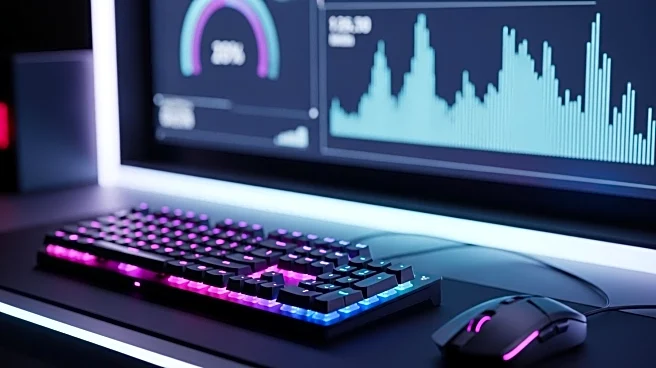What's Happening?
Borderlands 4, recently launched on PC, is experiencing significant performance issues, particularly with stuttering and inefficient graphics settings. Despite being developed on Unreal Engine 5, the game struggles to deliver expected performance levels, even on high-end gaming rigs. Digital Foundry's analysis highlights shader compilation stutter and inefficient 'Badass' graphics settings as key issues. Gearbox, the game's developer, has acknowledged these problems and is working on updates to improve performance. In the meantime, they have provided optimization guides for players to adjust their settings for better gameplay experience.
Why It's Important?
The performance issues with Borderlands 4 highlight ongoing challenges in optimizing games developed on Unreal Engine 5. These problems can affect player satisfaction and the game's reputation, potentially impacting sales and future development decisions. For PC gamers, especially those with high-end systems, the inability to fully utilize their hardware can be frustrating. The situation underscores the importance of thorough testing and optimization in game development, particularly for titles expected to push technological boundaries.
What's Next?
Gearbox is expected to release updates to address the performance issues in Borderlands 4. These updates will likely focus on optimizing graphics settings and reducing stutter. The gaming community will be closely monitoring these developments, and Gearbox's response could influence player trust and engagement. Additionally, the broader industry may take note of these challenges, prompting developers to refine their approaches to using Unreal Engine 5 in future projects.
Beyond the Headlines
The performance issues in Borderlands 4 may prompt discussions about the balance between graphical fidelity and performance in modern gaming. As games become more visually complex, developers must navigate the trade-offs between cutting-edge graphics and smooth gameplay. This situation also raises questions about the role of player feedback in shaping post-launch support and updates.

